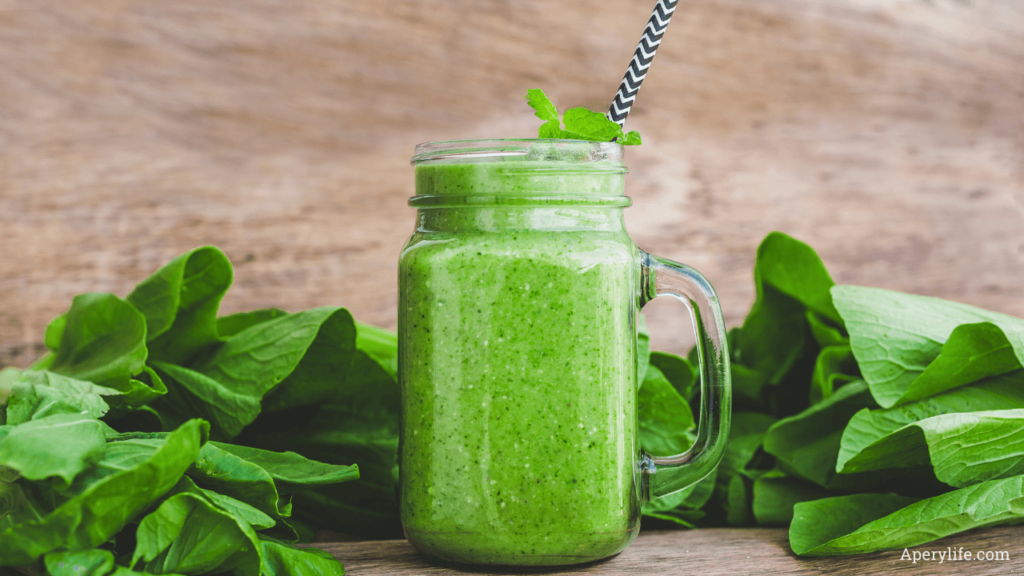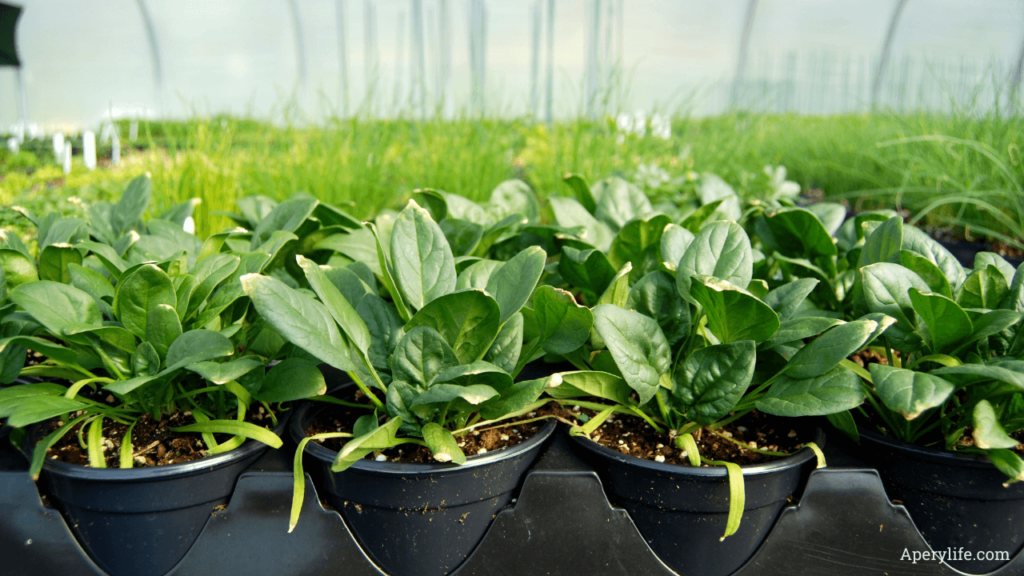Introduction
Spinach (Spinacia oleracea) is one of the most beloved and versatile leafy greens in cooking. Rich in nutrients and with a delicate flavor, it’s perfect for light and healthy preparations. Originally from Persia, spinach quickly spread worldwide thanks to its numerous health benefits and ease of cultivation. Today, it is a key ingredient in many traditional and modern cuisines.
Seasonality
Spinach is available year-round, but its peak season is from autumn to spring, when the leaves are more tender, and the flavor is more pronounced.
Nutritional Properties and Health Benefits
Spinach is a powerhouse of essential nutrients, including:
- Vitamins: Rich in vitamins A, C, K, and B-complex, beneficial for vision, the immune system, and blood clotting.
- Minerals: Contains iron, calcium, magnesium, and potassium, vital for bones, muscles, and the cardiovascular system.
- Antioxidants: Flavonoids and carotenoids help combat free radicals and prevent cellular aging.
- Low Calorie Content: Ideal for low-calorie diets due to its low calorie and fat content.
- Fiber: Promotes digestion and helps maintain a feeling of fullness.

Culinary Uses
Spinach is incredibly versatile and lends itself to various preparations:
- Raw: Perfect for fresh and light salads, often enhanced with nuts and cheeses.
- Sautéed: Excellent sautéed with oil, garlic, and a pinch of salt.
- Soups and Broths: Adds creaminess and flavor to pureed soups and broths.
- Fillings: Used to stuff fresh pasta like ravioli and cannelloni, or savory pies.
- Smoothies: Great for preparing nutrient-rich and refreshing green smoothies.
How to Grow Spinach
Growing spinach is simple and suitable even for small spaces:
- Climate and Position: Thrives in temperate climates, preferring partially shaded areas.
- Soil: Requires well-drained soil rich in organic matter.
- Sowing: Can be done in autumn or spring, planting seeds at a depth of about 2-3 cm.
- Watering: Requires regular watering, keeping the soil moist but not waterlogged.
- Harvesting: Leaves can be harvested when young and tender, usually 6-8 weeks after sowing.

Fun Facts About Spinach
- Historic Superfood: Spinach was popularized by the character Popeye, who emphasized its iron content. While the myth about its iron levels has been partially debunked, it remains a valuable source of nutrients.
- Medicinal Use: Historically, it was used as a natural remedy for constipation and to improve skin health.
- Varieties: There are several varieties of spinach, including smooth-leaf and curly-leaf types, each with specific characteristics and uses.
Precautions
While safe for most people, spinach contains oxalates, which can contribute to kidney stone formation in predisposed individuals. It is recommended to consume them in moderation in such cases.
Conclusion
Spinach is a simple yet extraordinary food, perfect for those who want to combine taste, health, and versatility in their cooking. Whether featured in elaborate dishes or quick preparations, these leafy greens are a valuable ally for a balanced diet.
All rights reserved © Copyright Aperylife.com